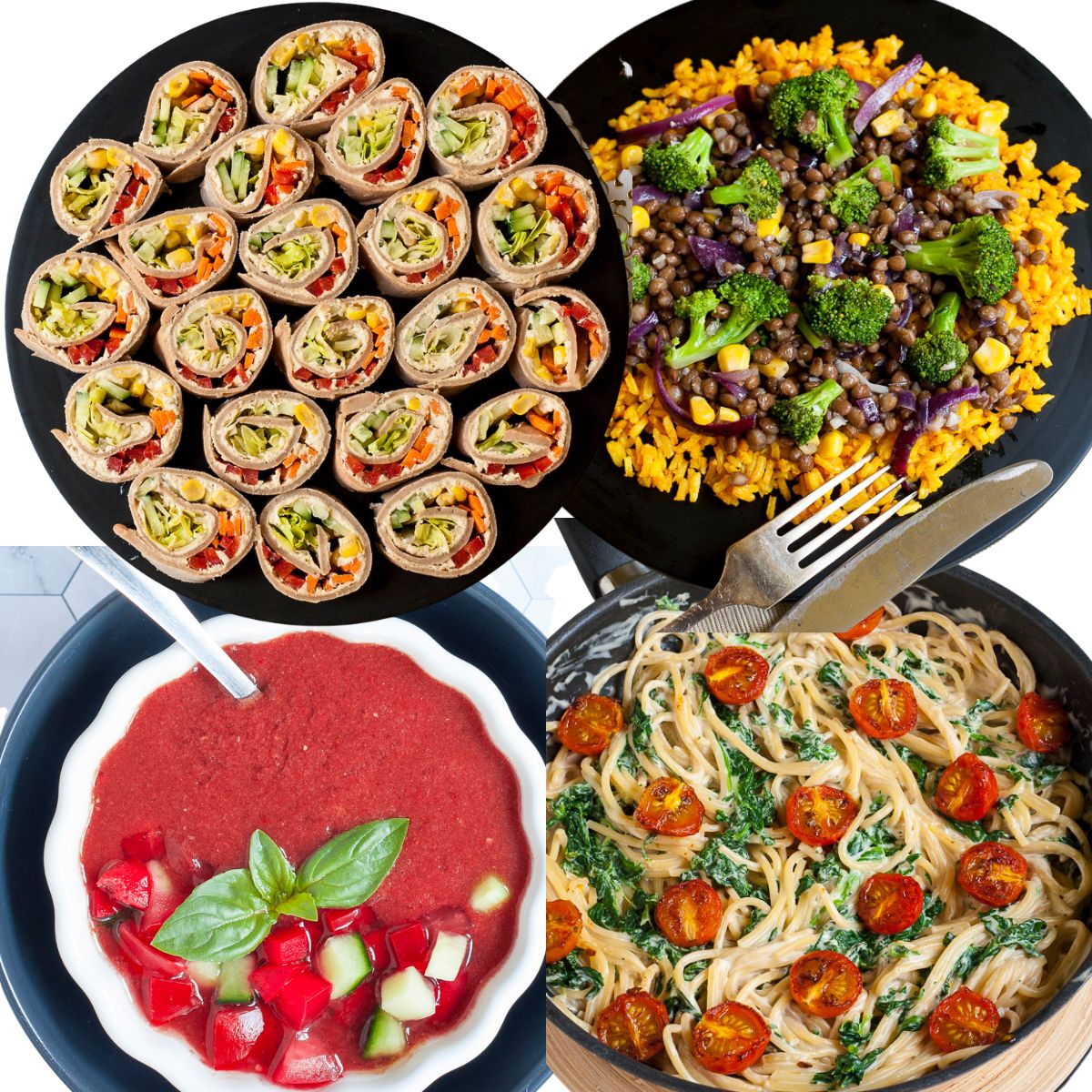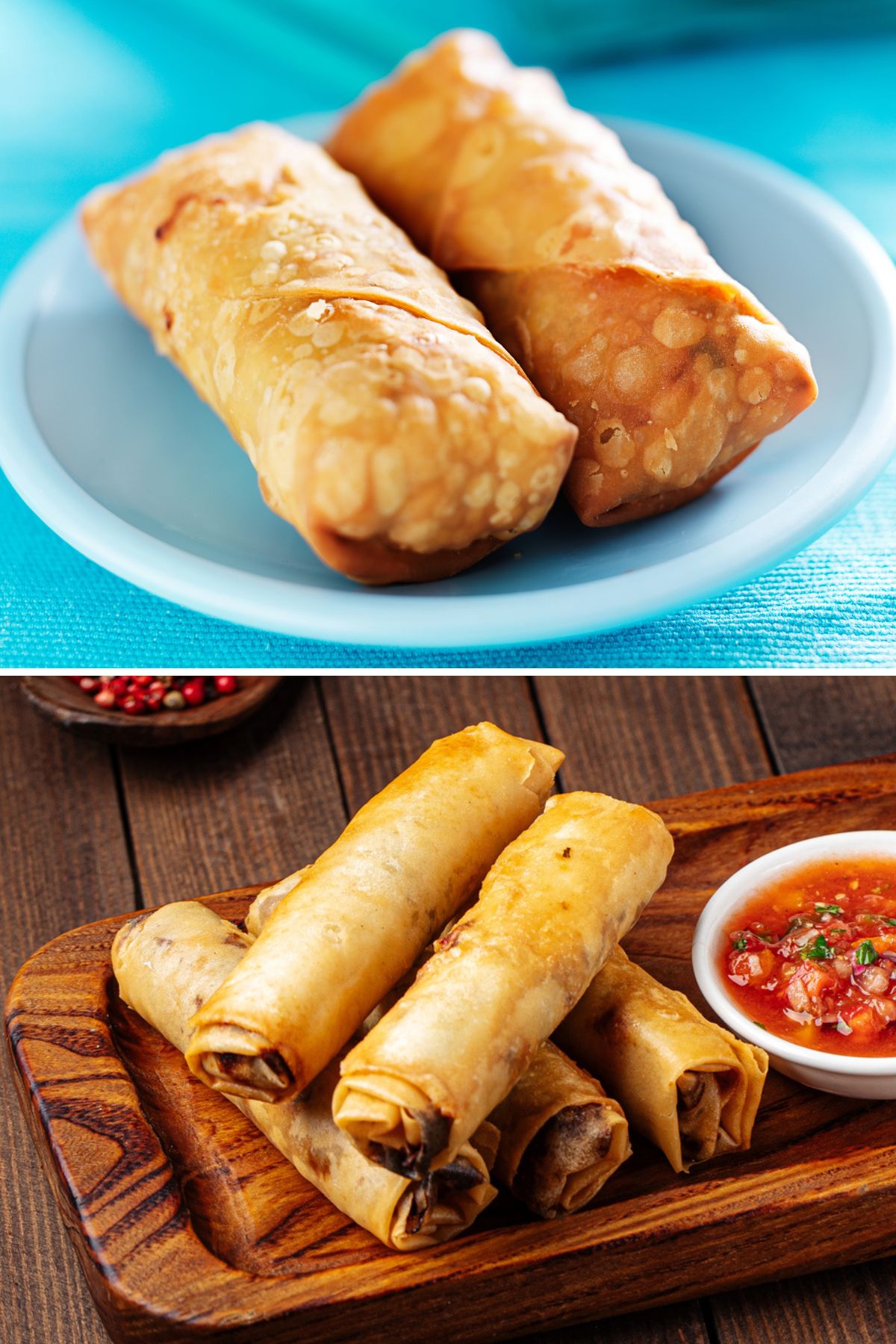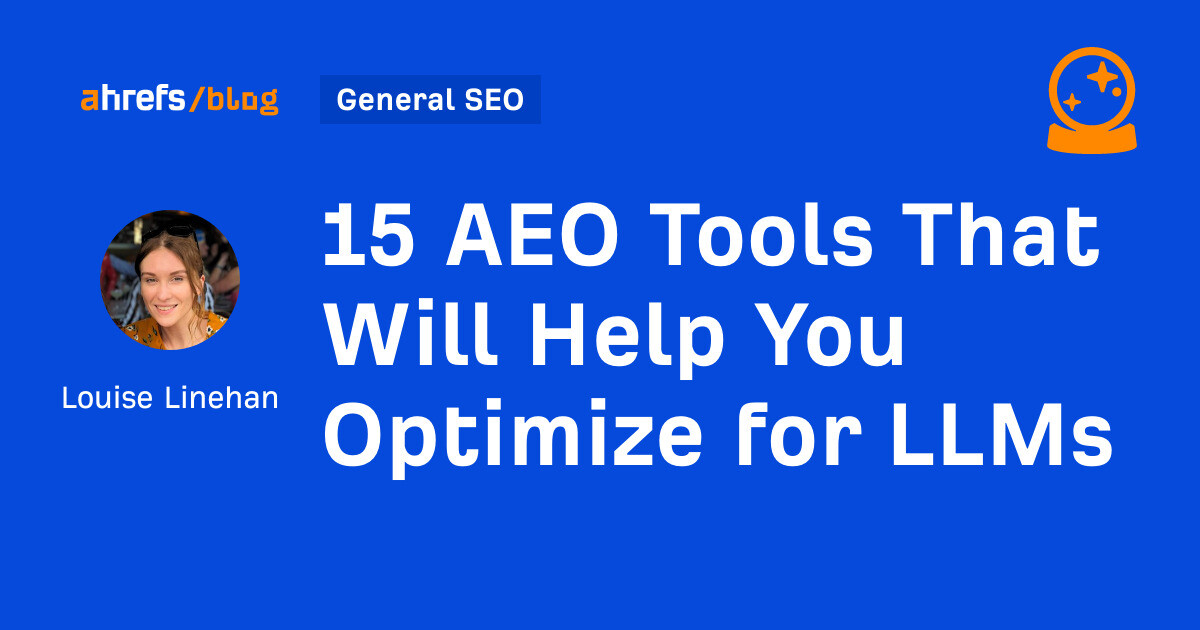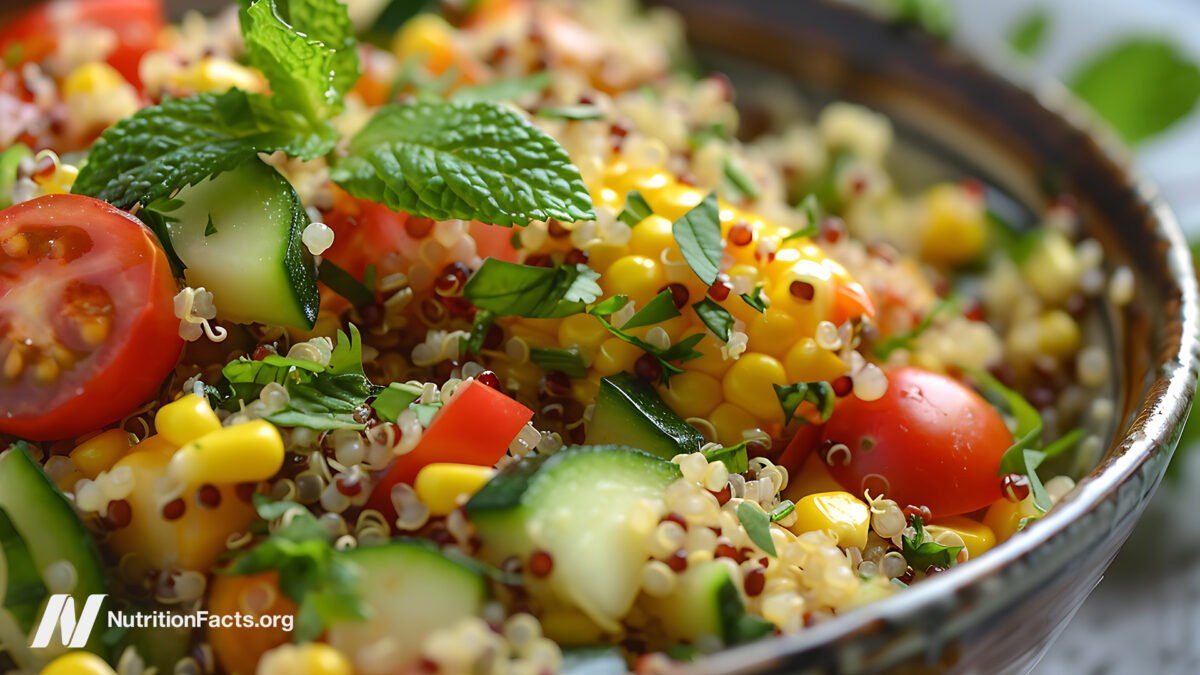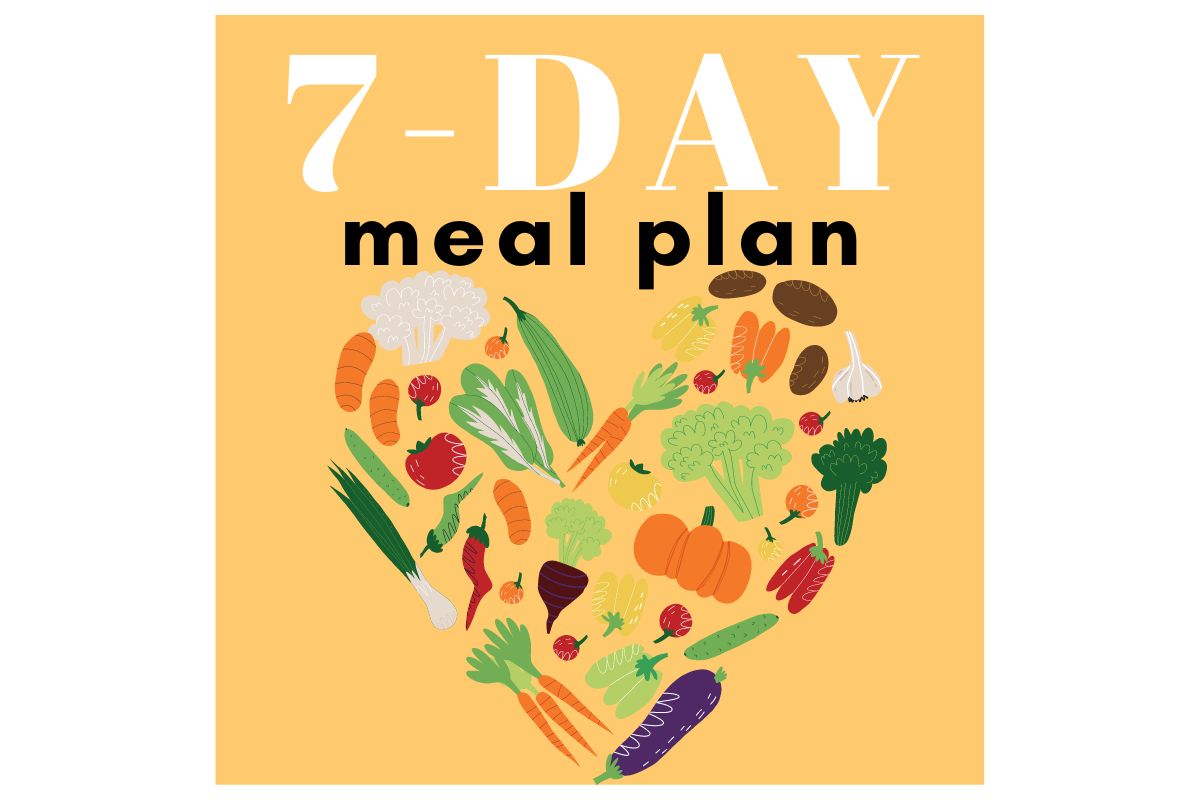Mastering FMCG Branding Strategies for Sustainable Success
Imagine a world where your FMCG product isn’t just another item on the shelf, but the one that customers reach for without a second thought. Intriguing, isn’t it? In 2022, the FMCG industry witnessed a robust growth of 6.3%...
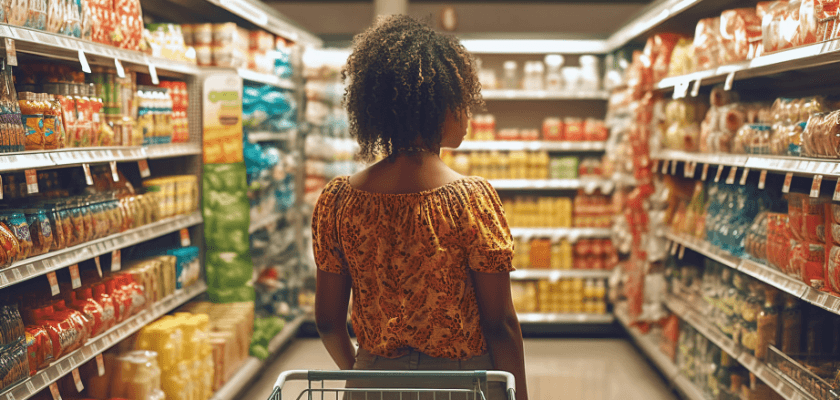
Imagine a world where your FMCG product isn’t just another item on the shelf, but the one that customers reach for without a second thought. Intriguing, isn’t it? In 2022, the FMCG industry witnessed a robust growth of 6.3% with segments like pet care and snacking leading the charge. But, here’s the twist: despite this growth, today’s consumers are more vigilant than ever, with rising costs and global uncertainties nudging them towards being more cost-conscious and selective.
So, how do you make your brand the go to choice in such a dynamic world? This is where the magic of FMCG branding strategies comes in. Don’t worry, we’re not only talking about flashy logos or catchy jingles. In fact, we want to highlight the importance of creating a connection, a sense of trust, and a promise of value that resonates with your audience. Whether it’s through innovative strategies, embracing the latest trends, or simply understanding the pulse of the market, this article is prepared to make your FMCG brand thrive in this highly competitive field.
Let’s dive into the world of FMCG branding, where every strategy and insight could be the key to unlocking your brand’s potential. Ready to take your brand to the next level? Let’s get started!
Essentials of FMCG Branding
Have you ever paused to think about what really makes a brand stick in your customer’s mind? To begin with, we must say that understanding the ‘why’ and ‘how’ of branding in a fast-paced consumer goods market is important. For any professional in the FMCG sector, grasping the essentials of it is the first step towards building a brand that not only captures attention but also retains customer loyalty.
In the FMCG industry, effective branding hinges on three key essentials:
Developing a clear brand identity Market research Brand differentiation.Defining Your Brand
Think of your brand as the heartbeat of your product. It is a promise, a commitment. It’s what sets you apart in the supermarket aisle and cements your place in the hearts and carts of your customers. Take FMCG giant Unilever’s brand, Dove, for example. We all know that Dove is selling more than just soap. Dove’s marketing strategy puts confidence, beauty and self esteem in the center, making it a trustable brand for its target audience. It’s a great example of the power of a well-defined brand.
This brings us to the first important point, which is establishing a clear brand identity.
You need to define what your brand stands for, its values, and its unique selling points. Your brand identity should be distinct and consistent across all channels, helping customers recognize and remember your products. However, crafting a strong brand identity is both an art and a science. It requires a deep understanding of your market, your competitors, and the unique value your product offers. While this is a critical task for any FMCG brand, it can be challenging. To achieve it though, many famous brands collaborate with experts in FMCG branding. Branding agencies bring expertise in market analysis, creative design, and strategic messaging, helping brands create an identity that resonates with target audiences and stands out in the market.
Coca-Cola is a classic example of a well-defined brand in the FMCG sector. Their brand is built on themes of happiness, sharing, and universal appeal and Coca Cola’s marketing strategy revolves around the definition of the brand. The “Share a Coke” campaign, where bottles were personalized with names, was a brilliant move in brand definition. It reinforced the idea of Coca-Cola not just as a beverage, but as a symbol of personal connection and joy.
Market Research and Understanding Your Audience in FMCG
Do you know who’s buying your products? Market research is like a GPS for navigating the complex terrain of consumer preferences. It’s a way of understanding not just what your customers need, but what they dream of!
Knowledge is power, and in FMCG branding, it’s the power to connect meaningfully with your audience. Market research provides a clear picture of who your customers are, what they want, and how they behave. Utilizing tools like consumer surveys, focus groups, and market segmentation, you can tailor your FMCG branding strategies to meet the precise needs and desires of your market. A recent Nielsen report highlighted that an astonishing 73% of buyers would modify their habits for sustainability. With that data on your hand, for instance, if research shows a growing trend towards eco-conscious products, a brand could pivot to sustainable packaging, highlighting this in its marketing campaigns.
Once you identify your target audience as well as their preferences, buying habits, and needs, you can create your branding and marketing strategy more effectively. However, keep in mind that this is not a one-off task but an ongoing process to keep up with changing consumer trends and behaviors. This is where partnering with specialized FMCG marketing agencies can make a significant difference. An experienced agency can provide valuable insights, help streamline your market research process, and ensure that your strategies remain relevant and effective. In a market that is evolving quickly, choosing a suitable agency may hold the key to unlocking the full potential of your brand.
Brand Differentiation and Identity for FMCG
In a crowded marketplace like the FMCG industry, differentiation is – you’ve guessed it – the key. Why should someone pick your product over another? What makes your brand unique? Is it your innovative product design, your commitment to sustainability, or perhaps your exceptional customer service? Successful FMCG brands stand out by offering something unique – like Red Bull.
Red Bull is a prime example of a brand that has successfully differentiated itself in the FMCG sector, particularly in the energy drink market. Red Bull’s marketing strategy has positioned the brand not just as an energy drink, but as a lifestyle brand synonymous with extreme sports, adventure, and high-energy activities. This is a significant departure from the typical marketing approach in the beverage industry, which often focuses more on taste, ingredients, or refreshment qualities.
Basically, brand differentiation is about finding and highlighting what makes your brand different from competitors, whether that’s through product innovation, customer service excellence, or a unique brand story. Differentiation helps in positioning your brand in the consumer’s mind, making it more likely they’ll choose your products over others.
Key Strategies in FMCG Branding
Let’s examine how to enhance customer experience and engagement, the significance of innovative packaging and design, and the art of pricing strategies and product positioning. We’ll dissect each strategy for FMCG branding to reveal its impact on consumer perception and brand value.
Customer Experience and Engagement
In the FMCG sector, customer experience can make or break a brand. The feelings of your customers throughout their journey with your brand encompass everything from initial engagement—perhaps through interactive social media campaigns—to post-purchase support. And it’s crucial. Really crucial.
Products are often undifferentiated even though the competition is fierce in the FMCG sector. What can set you apart from others, though, is customer experience and engagement. Today’s FMCG brands are increasingly focusing on personalizing the customer journey, using data analytics to tailor experiences and product offerings. They incorporate technologies like augmented reality (AR) to add an interactive dimension that deepens brand connection.
Moreover, exceptional customer service, especially post-purchase support, plays a significant role in enhancing customer satisfaction and loyalty, even if it may seem unnecessary. To achieve this, you can implement feedback mechanisms where customers can voice their opinions or concerns. This approach not only provides valuable insights for your brand but also creates a sense of belonging and fosters a positive relationship with your customers.
Innovative Packaging and Design in FMCG Products
Let’s face it, we do judge books by their covers. In FMCG, your packaging tells a story before your product gets a chance to. First impressions count, and your packaging is often the first interaction a customer has with your product. Innovative packaging that stands out on the shelf, is user-friendly, and communicates your brand’s values can significantly influence buying decisions.
A noteworthy instance of innovative packaging is Lay’s “Do Us a Flavor” campaign. Lay’s invited customers to submit new flavor ideas, and the winning flavors were produced and featured on store shelves. What made this campaign stand out was how Lay’s used its packaging as a central element of the campaign.
Each new flavor was packaged with distinctive, eye-catching designs that highlighted the customer-created aspect of the product.
The introduction of new flavors created excitement, encouraging customer interaction and participation in the brand’s product development process.The campaign effectively increased both sales and customer engagement, demonstrating that packaging can serve as a potent instrument for capturing consumer interest and involvement.
Pricing Strategies and Product Positioning
Price is more than a number; it’s a message. It communicates value, quality, and even brand ethos. Here are the pricing strategies you can use:
Value-Based Pricing
Focuses on pricing products based on their perceived value. Example: Eco-friendly products like Frosch cleaning supplies are priced higher due to their sustainable attributes.Competitive Pricing
Sets prices based on competitors’ pricing strategies. Common in crowded markets, such as detergents, where brands might undercut market leaders to gain an edge.Psychological Pricing
Involves tactics like pricing a product at $4.99 instead of $5.00 to make it seem more affordable. Effective in attracting cost-conscious consumers.Dynamic Pricing
Utilizes real-time data to adjust prices based on demand and market conditions. Increasingly used in online retail for FMCG products.Product Line Pricing
Different price points within the same product category. Example: Oral care brands such as Colgate offer basic and premium lines at varied prices to cater to different market segments.Promotional Pricing
Temporary price reductions to stimulate sales. Often used for new product launches or seasonal promotions in the FMCG sector.Future Trends in FMCG Branding
Curious about what the future of FMCG branding looks like and how you can be one step ahead? This is where we explore the exciting, upcoming trends that are reshaping the industry. In a market that never stands still, being ahead of these trends is important for keeping your brand not just relevant, but revolutionary.
Embracing Digital Innovations
In this digital age, if you’re not innovating, you’re stagnating. Brands are now using AR and AI to engage and understand their customers. Imagine trying on makeup virtually before buying it! Digital innovation is the bridge between a brand and its future. Here’s an example of how Heinz used AI to learn what these artificial intelligence tools think of ketchup:
The future of FMCG branding is digital. Many brands have already begun to benefit from emerging technologies such as AI for personalized marketing and AI-generated ad campaigns, AR for interactive experiences, and big data for consumer insights. This technological adoption can lead to more targeted marketing campaigns, enhanced customer experiences, and innovative product development.
Sustainability and Health Trends
Gone are the days when all that mattered was taste and price. Today, health and sustainability are the new watchwords. The modern consumer is increasingly health-conscious and environmentally aware. Brands that align with these values through sustainable practices, healthier product options, and transparent communication are more likely to resonate with this audience. This trend is evident in the growing popularity of organic, natural products and brands that champion environmental causes. Sustainability is a transition and all FMCG brands must adapt to it.
Adapting to Changing Consumer Preferences
Brands must be agile, ready to adapt to shifting consumer preferences and market dynamics. This could mean diversifying product lines, exploring new distribution channels, or rebranding to align with current trends. Staying ahead means staying attuned to these changes and responding proactively.
Conclusion
In conclusion, FMCG branding is about telling a story that resonates, engages, and stays with your audience. It’s a blend of art, science, and a dash of magic.
Remember, in this fast-moving sector, your brand is your story. Make it compelling, make it resonate, and most importantly, make it memorable. Now, are you ready to brand like a boss?

 MikeTyes
MikeTyes 







![How to Give Your Two Weeks' Notice [+ 3 Examples]](https://blog.hubspot.com/hubfs/Two%20Weeks%20Notice%20Image%20.jpg#keepProtocol)

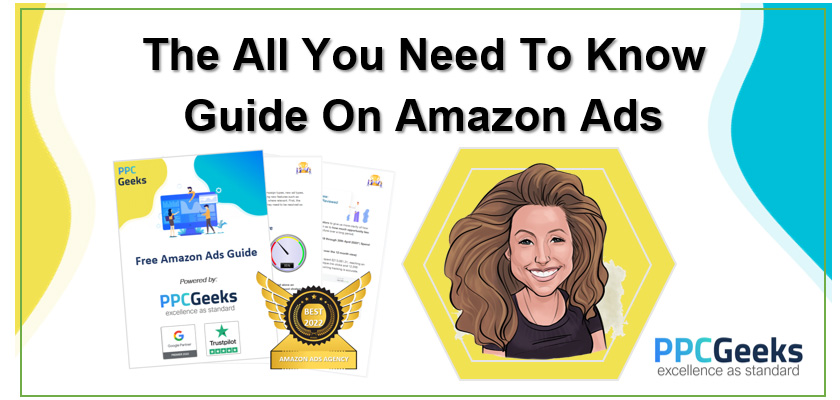


![3 Tips for Hiring Team Members for Your Marketing Agency with Jeff Hunter [VIDEO]](https://www.digitalmarketer.com/wp-content/uploads/2022/05/SAVAGE_MARKETING_THREE_TIPS_THUMBNAIL.jpg)



